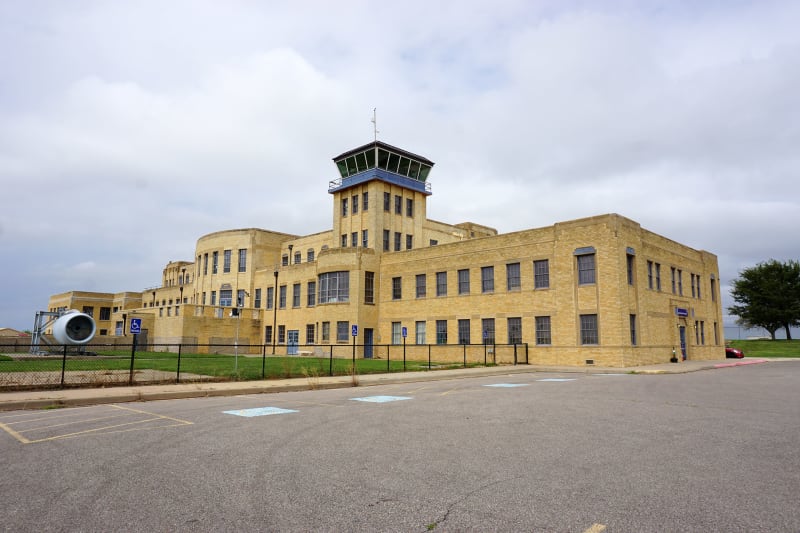Alistair_Heaton said:
Spar how long do you think SMS takes to implement time wise?.
Hi Alistair,
My experience is a lot like yours - SMS takes a long time. For those old-timers who've been there done that, the shift in thinking is hard. For the young it can seem like the normal way to do business. Then and there the friction starts. It is really hard to implement, too. Management doesn't just have to buy in, they have to be involved in the deployment of the system, which literally takes years. For executives who answer to quarterly reports, that's hard. So top-to-bottom everyone in the organization tends to struggle. Including the engineers.
The engineering struggle with SMS in my particular experience is the change from decision making to decision accountability. When people in certification have been examining regulatory compliance for decades, and somebody comes along with a SMS plan, it's easy to respond "yeah I already do that, go away". When you've been authorized to make a finding of compliance for long enough that you know the requirement by heart, it's hard to allow people into your decision process asking questions about how and what you chose. And then they expect you to report on your activity in minute detail. "Get outta my hair." It took a while for me, and I needed a boss who had bought into this to steer me straight. I am now reaping benefits from a system that should be used to build trust.
One way I've found it useful is that I've been able to self-report on slip-ups in our department's work using SMS. Reporting the mistake itself can come across as embarrassing at best or an urgent safety concern at worst. In the non-critical cases, having a SMS system already in place and self-reporting helps. In my experience (of only 2 cases) I found that reporting by SMS and letting the SMS system steer the resolution, that put an end to the issue with our regulator. They trusted our people to find and implement the solution, and we reported progress all the way until it was closed. No further action, no follow up, no red-flag to be picked on for the next audit. That's what it looks like when your organization has earned the trust of the regulators.
So while I don't believe SMS is perfect, and my company's deployment of SMS is also not perfect, we keep getting better at it, and there are benefits when it is used right. So I was disappointed to read the report, but it is consistent with what I have been told by some current and former Boeing employees I've met.


